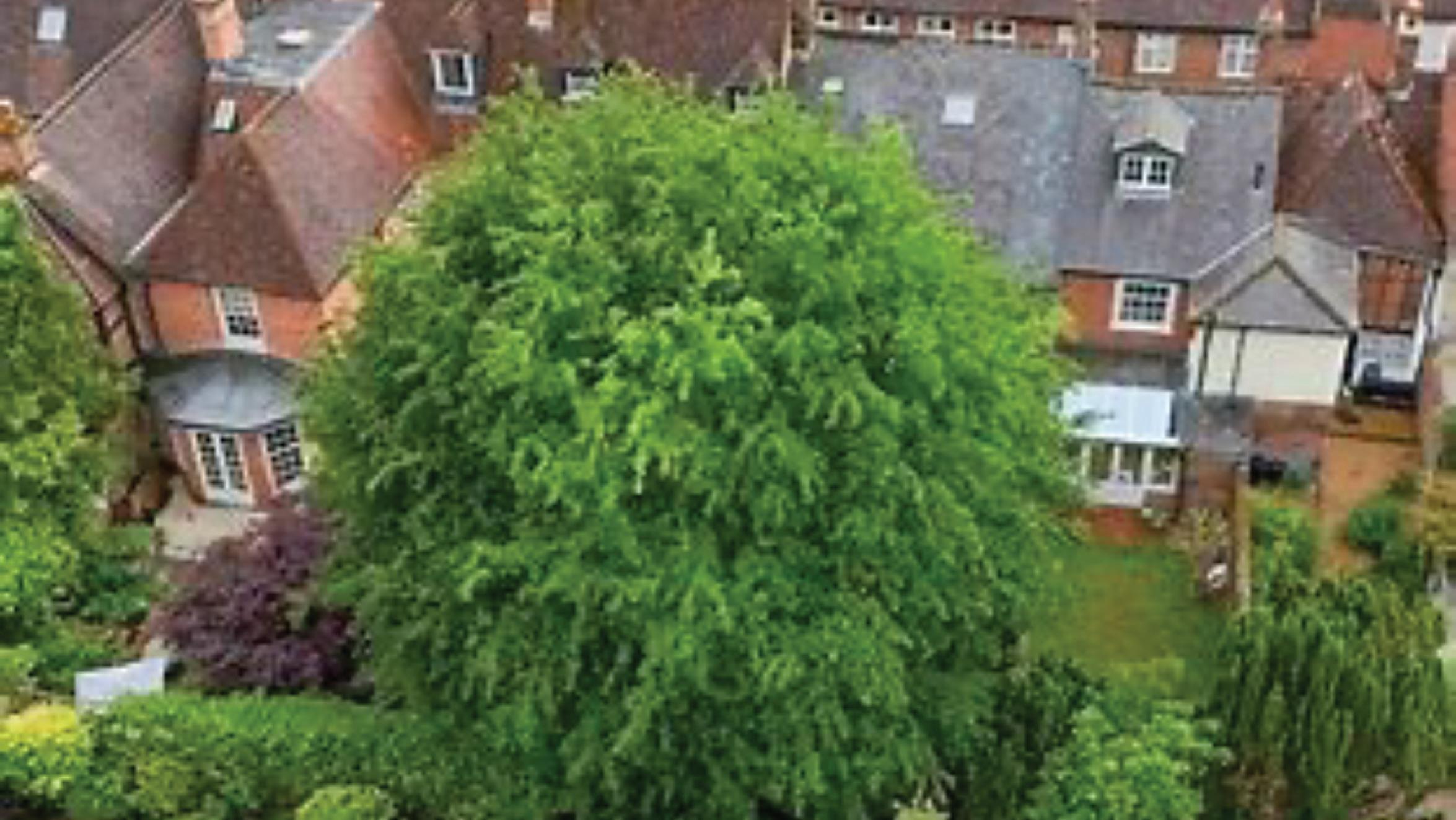
4 minute read
The Winchester Oak: A Towering Reminder That Tree Protection Matters in Conveyancing
The Winchester Oak: A Towering Reminder That Tree Protection Matters in Conveyancing

A 45-foot oak tree dominating a residential street in Winchester has recently hit national headlines—earning nicknames like the “Jack and the Beanstalk tree” and sparking fierce debate over the balance between heritage, habitat, and homeowners rights. The tree, subject to a Tree Preservation Order (TPO), stands very prominently in an otherwise quiet conservation area.
While some residents worry about loss of sunlight, root damage, falling limbs, and structural risks to listed walls and nearby homes, Winchester City Council has refused requests to fell or reduce the tree, citing its ecological and amenity value.
This local row offers a powerful reminder to conveyancers and property professionals of just how critical it is to investigate tree protection status during due diligence—and to advise clients accordingly. Check that local search for not only trees within the boundary, but those abutting.
The Legal Landscape of TPOs
Tree Preservation Orders are powerful legal tools. They prohibit the pruning, removal, or damaging of protected trees without express permission from the local planning authority.
“Breaching a TPO can lead to fines of up to £20,000 per offence in a magistrates’ court—or unlimited fines in more serious cases in the Crown Court,” explains Anna Worthing, Environmental Law Partner at Crowthorne & Dean Solicitors. “It’s absolutely essential that buyers and their advisers identify these orders early, especially in conservation areas.”
Many buyers are unaware that even minor landscaping work or root disturbance could fall foul of these regulations.
And for the tree owner – they may have grown and nurtured it from seed only to find it listed later on, preventing its’ owner from reducing it.
Any tree viewable from a public highway can be listed by the Local Authority without the permission of the landowner.
Conveyancers Must Ask the Right Questions
From a conveyancing perspective, it’s not just about checking the Local Authority Search, a “Council search” will only report on matters within the property boundary. Property professionals must go further in some cases, especially when:
• Large, mature trees are in close proximity to buildings.
• The property is in a designated conservation area thereby protecting all trees.
• Structural surveys or arboricultural reports raise red flags such as root invasion.
“I always tell clients: a majestic tree might look beautiful in the brochure, but it can carry long-term liabilities,” says Jasmin Choudhury, Head of Residential Conveyancing at Southcoast Legal. “We’ve had buyers pull out after learning a TPO was going to block plans for an extension or driveway.”

As in the recent ITV drama The Feud, where the neighbours memorial tree should have prevented the kitchen extension next door cutting its roots.
Environmental Value vs. Owner Rights
The Winchester oak case has triggered national media interest not just because of its size—but because it poses thorny questions about who gets to decide how nature fits into our built environment.
“In a climate crisis, we mustn’t forget that mature trees provide cooling, carbon capture, and habitat,” says Dr. Len Garvey, an urban forestry consultant who has worked with over 30 local authorities. “But councils do need to work with residents—not against them—to make sure these trees don’t become a source of fear or litigation.”
Residents opposing the tree have submitted an independent arborist’s report arguing that it is unsuitable for a densely built street. The council, however, has so far upheld its protection.
Conclusion:
The Winchester oak is a symbol of environmental stewardship, legal complexity, and a changing property landscape. For conveyancers, it is a timely reminder that tree protection is not just a planning matter—it is a risk, a duty, and often, a dealbreaker.
“It’s not about being anti-tree,” adds Jasmin Choudhury. “It’s about making sure clients don’t buy into something they later regret. Trees like this can be worth tens of thousands in costs—or fines—if not properly understood.”
As urban tree cover becomes a national priority, we can expect TPOs to grow more common—and more contested. Conveyancers would do well to treat them not as a footnote, but as a core element of the transaction.
Andrew Prismall
Managing Director of HW Conveyancing Searches




